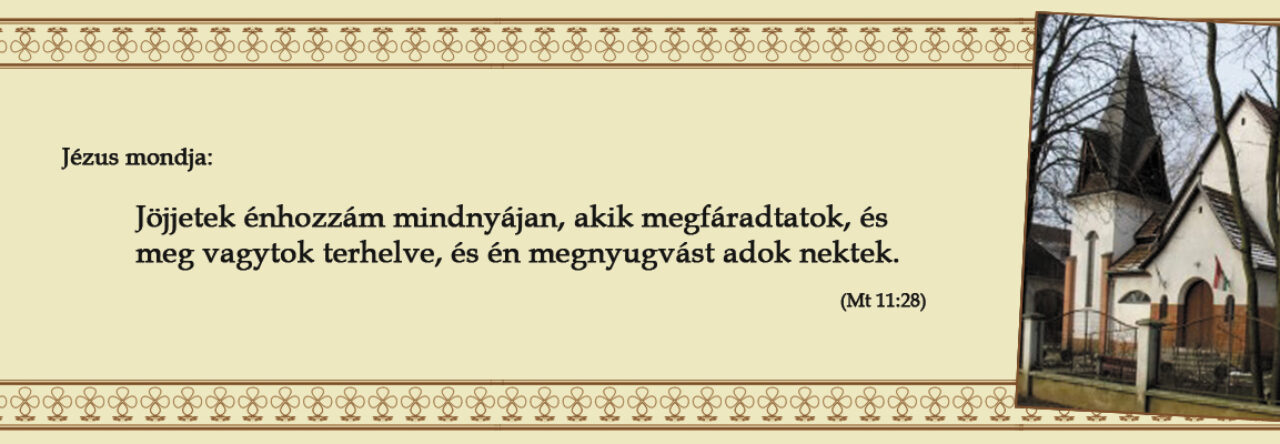This reduction prompted investors to expect an influx of institutional money in a „greener” Ethereum. On the flip side, Ethereum miners, in an industry estimated to be worth $19 billion, seek to champion ETHPoW, a potential hard fork of Ethereum on proof-of-work. In September 2021, there were around 117.5 million ETH coins in circulation, 72 million of which were issued in the genesis block — the first ever block on the Ethereum blockchain. Of these 72 million, 60 million were allocated to the initial contributors to the 2014 crowd sale that funded the project, and 12 million were given to the development fund. This could come in the form of either a node that stores the entire blockchain or a smaller piece of software, even a browser plug-in or an app.
- From there, ether skyrocketed to a peak of $414 in June 2017 before correcting.
- Importantly, the transition to PoS is expected to reduce Ethereum’s annual energy consumption from 112 TWh/yr to only 0.01 TWh/yr — a 99.9% drop.
- Miners get paid a transaction fee called “gas.” Gas is paid by the user initiating the transaction to the miner who validates the transaction- incentivizing future mining and network security.
- You may obtain access to such products and services on the Crypto.com App.
- This could come in the form of either a node that stores the entire blockchain or a smaller piece of software, even a browser plug-in or an app.
How to buy crypto?
Staking ETH in Ethereum 2.0 now, however, means funds will be locked up on the network until the upgrade is completed. As how to buy on bitmart of August 2021, the network upgrade, known as the London hard fork, Ethereum Improvement Protocol 1559 came into effect. EIP-1559 dictated that fees used in transactions are burned and thus take ETH out of circulation. As already mentioned, there are plans to transition to a proof-of-stake algorithm in order to boost the platform’s scalability and add a number of new features. The development team has already begun the transition process to ETH 2.0, implementing some upgrades along the way, including the London hard fork.
How Do You Store Ethereum?
Contrastingly, purchasing Ethereum on a DEX will depend on the block mining speed of the blockchain and the network congestion (if any). Using layer-2 solutions can also result in much quicker transaction settlement. The fee-burning mechanism introduced in 2021 amended the economics of Ethereum to make it deflationary depending on the usage of the network. The more activity, the more fees are burned, and thus ETH becomes more scarce.
What Is Ethereum (ETH)?
Instead, members of the community propose changes, called “Ethereum Improvement Proposals,” or EIPs, and the rest of the community votes on whether to include the proposals in updates to Ethereum’s software code. In the genesis block, or the first-ever block on the ETH blockchain, 72 million ether was issued, 60 million of which went to participants in the 2014 crowdfunding and 12 million to the development fund. Since then, Ethereum’s supply has increased via block rewards to miners on the network, starting at 5 ETH per block in 2015 and diminishing to 2 ETH since. Thanks to these smart contracts, Ethereum allows the deployment of permanent, immutable decentralized applications onto it, that users can interact with. This spurred the growth of Decentralized Finance (DeFi), where applications provide the services normally offered by financial institutions like banks, exchanges and brokerages. In 2022, Ethereum plans to switch to proof-of-stake with its Ethereum 2.0 update.
While transactions on traditional financial systems are reflected instantly, those funds don’t actually settle for hours or even days. It is typically traded against most fiat currencies, mining ethereum on ubuntu with a gtx 1070 stablecoins, and is often paired with most other cryptocurrencies. Ethereum was developed via a series of prototypes through the years 2014 and 2015, and since its initial launch has constantly had protocol upgrades via hard forks. This came on the back of the first mainnet shadow fork — to test the transition to PoS on Ethereum — that was successfully implemented on April 11, 2022. Interestingly, less than two months after the London upgrade was implemented, the network had burned over $1 billion worth of Ether. Please note that the availability of the products and services on the Crypto.com App is subject to jurisdictional limitations.
It will also not enable on-chain governance, with protocol changes still discussed and decided off-chain through stakeholders. With EIP-1559, this process is handled by an automated bidding system, and there is a set “base fee” for transactions to be included in the next block. Furthermore, users who wish to speed up their transactions can pay a “priority fee” to a miner for faster inclusion.
There are plans, however, to transition the network to a proof-of-stake algorithm tied to the major Ethereum 2.0 update, which launched in late 2020. Ethereum Name Service, aka ENS, is how to buy waves in the uk a distributed and extensible naming system based on the Ethereum blockchain. On the Ethereum blockchain, this is paid in ETH, even though the relevant transaction may not be a transfer of the same token.
The original reward in 2015 was 5 ETH per block, which later went down to 3 ETH in late 2017 and then to 2 ETH in early 2019. Ethereum has pioneered the concept of a blockchain smart contract platform. Smart contracts are computer programs that automatically execute the actions necessary to fulfill an agreement between several parties on the internet. They were designed to reduce the need for trusted intermediates between contractors, thus reducing transaction costs while also increasing transaction reliability.
